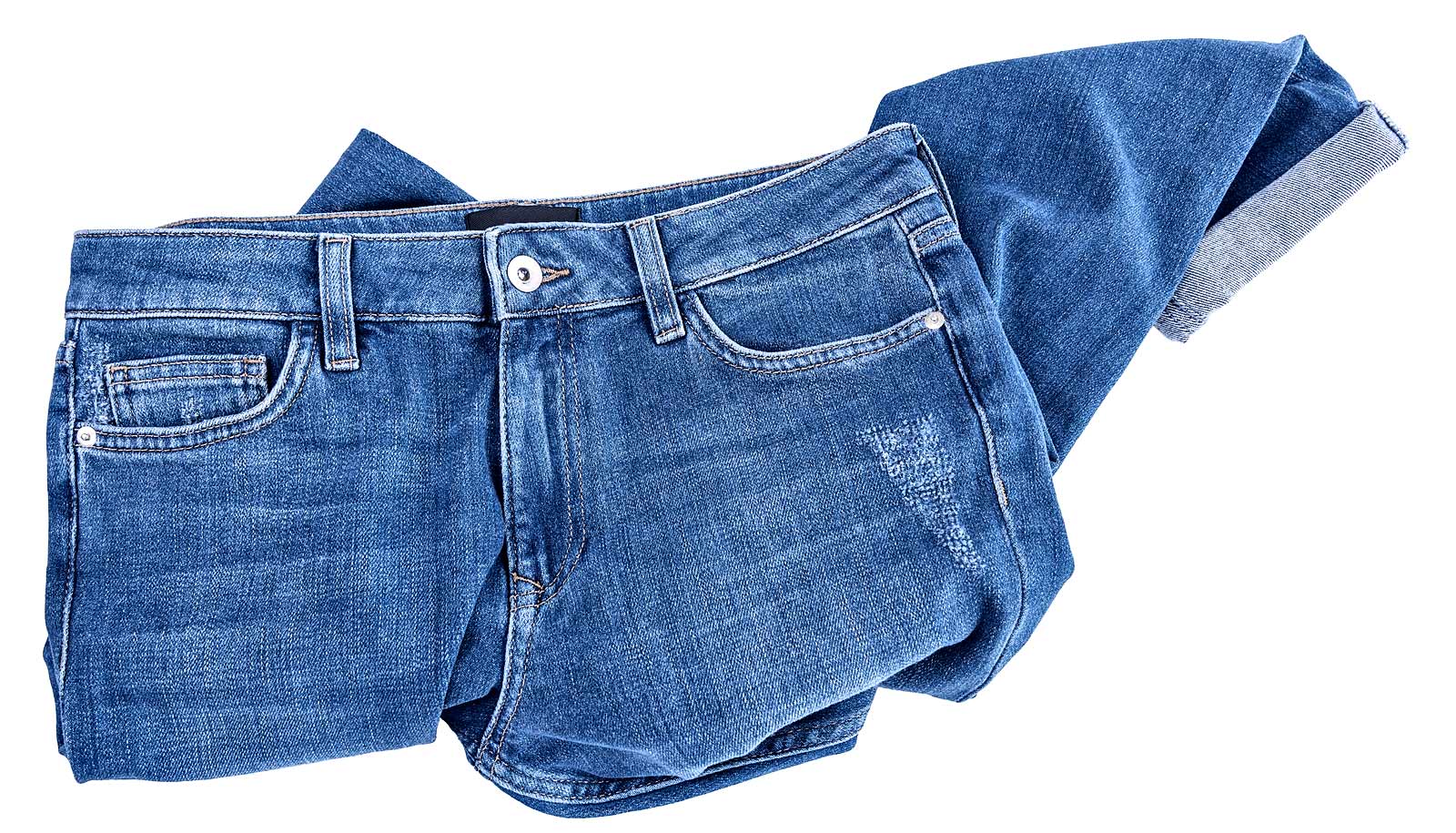Tight-fitting pants and hair removal increase the risk of vulvodynia, research shows.
Although vulvodynia, or chronic, debilitating vulvar pain, affects an estimated 16 percent of women over their lifetimes, very little is known about the condition or what might cause it.
New research offers some clues, finding that wearing tight-fitting jeans or pants or by removing hair from the mons pubis (the soft mound of skin above the genitals), increases the risk of vulvodynia. Published in the Journal of Lower Genital Tract Disease, it is the first study to show a link among clothing, grooming, and the condition.
“It’s very underdiagnosed because of the stigma attached to it.”
“Microabrasions to this sensitive area [caused by hair removal] may predispose young women to immune-inflammatory complications,” says study senior author Bernard Harlow, professor of epidemiology in the Boston University School of Public Health. “Likewise, tight-fitting jeans or pants can create an environment that fosters genital tract infections, which have been shown to be associated with vulvar pain onset.”
The study participants were made up of 213 women between the ages of 18 and 40 with clinically confirmed cases of vulvodynia, and were from a large healthcare network in the Minneapolis/Saint Paul metropolitan area. The researchers analyzed this group of women’s self-reported histories of personal hygiene behaviors a year before onset of vulvar pain, and then compared that information with self-reported personal hygiene behaviors during a similar time period among 221 women—in the same healthcare network and age range—who had no history of vulvar discomfort.
They found that women who wore tight-fitting jeans or pants four or more times per week had twice the odds of vulvodynia compared to women who never or rarely did. Roughly 70 percent of the women in both groups reported removing pubic hair, but those who removed hair from the mons pubis were 74 percent more likely to experience vulvodynia than women who only removed hair from the bikini area.
Compared with women who reported removing only bikini-area hair less than monthly, those who removed hair from the mons pubis weekly or more were nearly twice as likely to experience vulvodynia.
“It’s very underdiagnosed because of the stigma attached to it,” says coauthor Tamran Wang, a former master in public health student who is now a data analyst in the epidemiology department. “It was important for me to know that this is a highly prevalent condition, and that there are women out there who are embarrassed to talk about it.”
Coauthor Jessica Rosenberg, now a data analyst at Boston Medical Center, says there is a lot of work left to do to eliminate gender disparities in acute and chronic pain treatment, “but I am hopeful that this study’s findings will lead to further research into evidence-based predictors of vulvodynia, and improve physicians’ understanding of and treatment of this condition.”
Source: Michelle Samuels for Boston University



